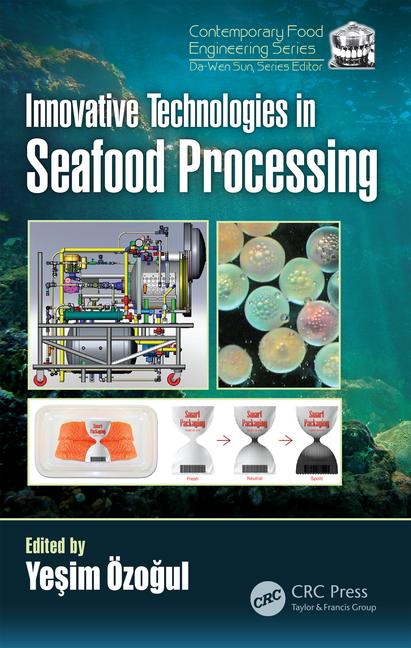Survey highlights tension between sustainability, profit priorities
Growth opportunities, cost savings and the importance of responsible business practices are driving supply chain sustainability.

A global survey of supply chain decision makers reveals that economic performance is the top ranking corporate sustainability priority for the majority of organizations. However, when directly asked whether profitability or sustainability were more important, 60% gave equal priority to these objectives, with another 25% leaning toward sustainability.
Conducted by the Economist Intelligence Unit, the New York-based research and analysis division of The Economist Group, and sponsored by LLamasoft, Ann Arbor, Mich., the survey, “Sustainability: The Missing Link?”, of senior executives in 250 manufacturing and retail organizations across the United States, Latin America, EMEA and APAC regions set out to explore supply chain approaches and priorities in relation to business sustainability, defined as the process by which companies manage their financial, social and environmental risks, obligations and opportunities over time.
“These findings are extremely interesting – on the one hand we see respondents possibly ‘saying the right thing’ when asked in the abstract about the relative importance of profitability and sustainability, but saying something quite different when it comes to specific organizational priorities,” says Jeremy Kingsley, technology editor with the Economist Intelligence Unit. “We also see a correlation between seniority and the relative importance of sustainability and profitability, with 67% of C-suite respondents saying that sustainability comes first, compared to 55% of other respondents.”
When asked about what is driving supply chain sustainability in their organization, growth opportunities (36%), cost savings (34%) and the importance of responsible business practices (33%) were the top drivers. However, respondents were divided on whether supply chain sustainability has a positive or negative impact on cost, with increased costs being cited as the largest impediment to supply chain sustainability and responsibility by 38% of respondents, especially those representing smaller businesses. Difficulty in monitoring complex supply chains (29%) and organizational structures (24%) were also cited as barriers.
“There are many ways companies can make their supply chains leaner and greener, but for organizations with potentially hundreds of suppliers, thousands of products and millions of customers, determining the best alternatives is far from straightforward, at times making sustainability and profitability an ‘either-or’ choice, but it does not have to be,” says Razat Gaurav, chief executive officer of LLamasoft. “Making the right decisions that can accomplish these dual objectives requires both a big picture view and a granular understanding of the end-to-end supply chain. Global organizations must turn to technology to build ‘digital twins’ of their real-world supply chain, providing a risk-free environment in which to play out many scenarios, from the expected to the unlikely, giving them the confidence that the changes they make will deliver the desired and expected outcomes.”
Looking for a reprint of this article?
From high-res PDFs to custom plaques, order your copy today!








